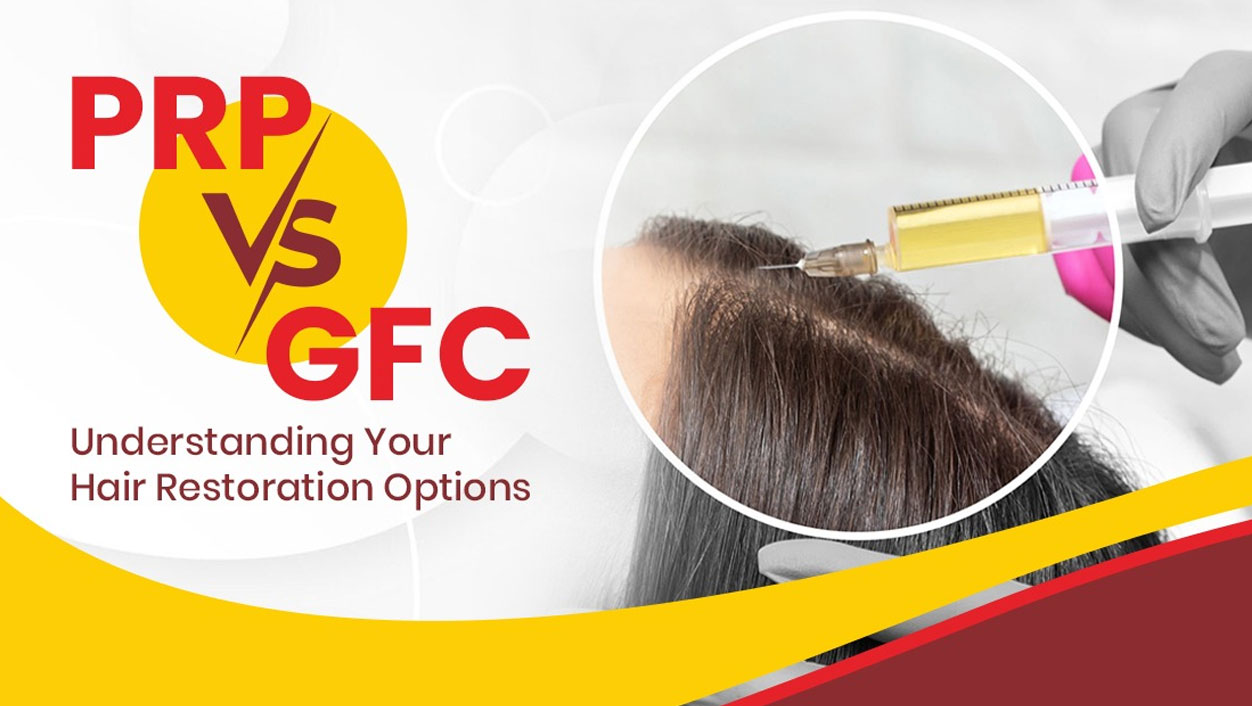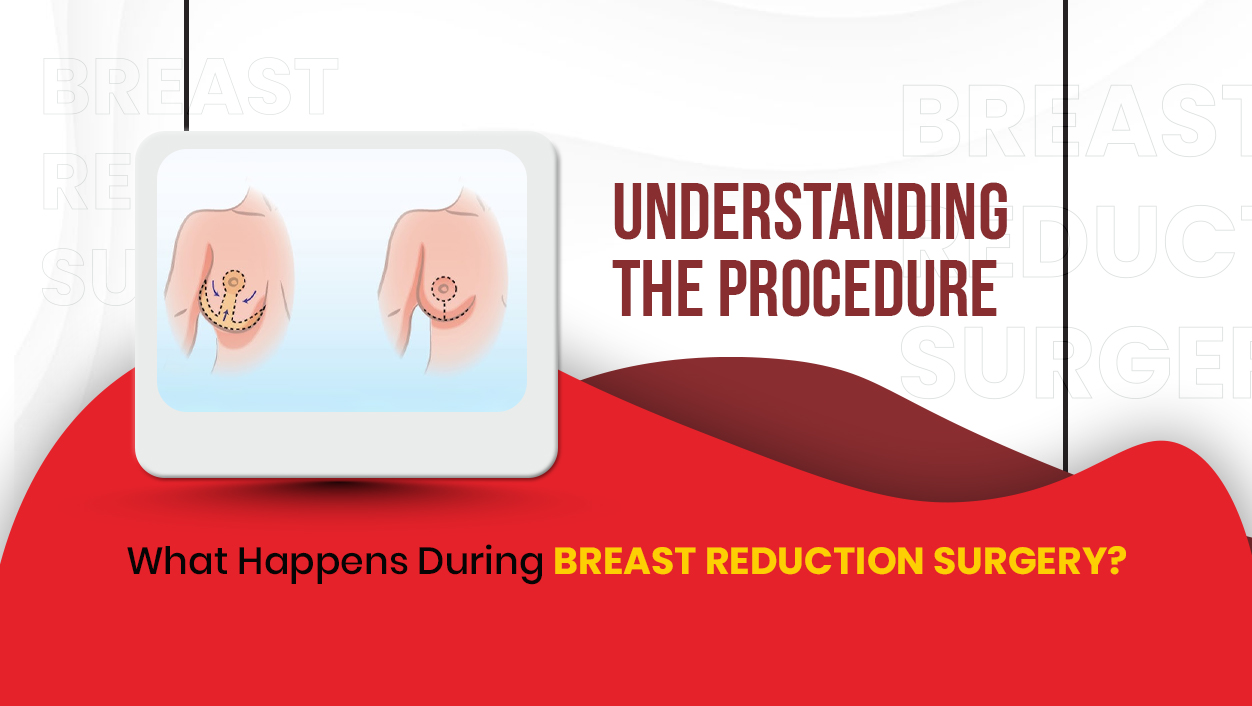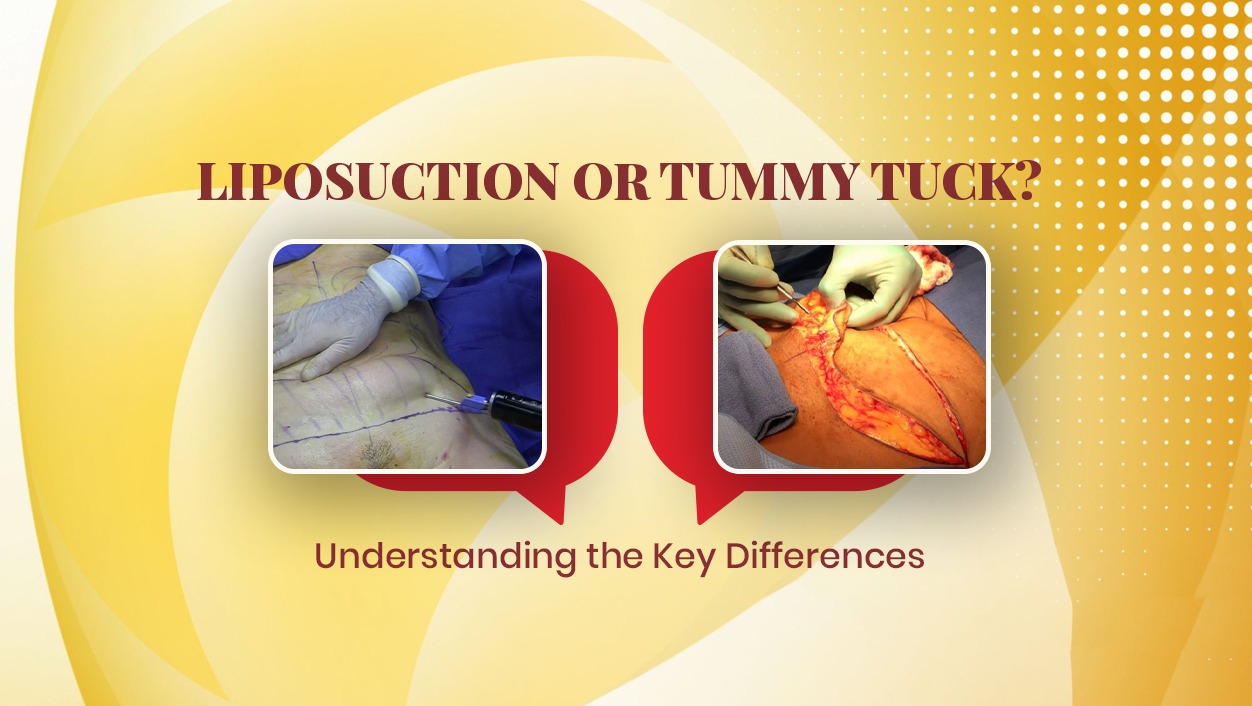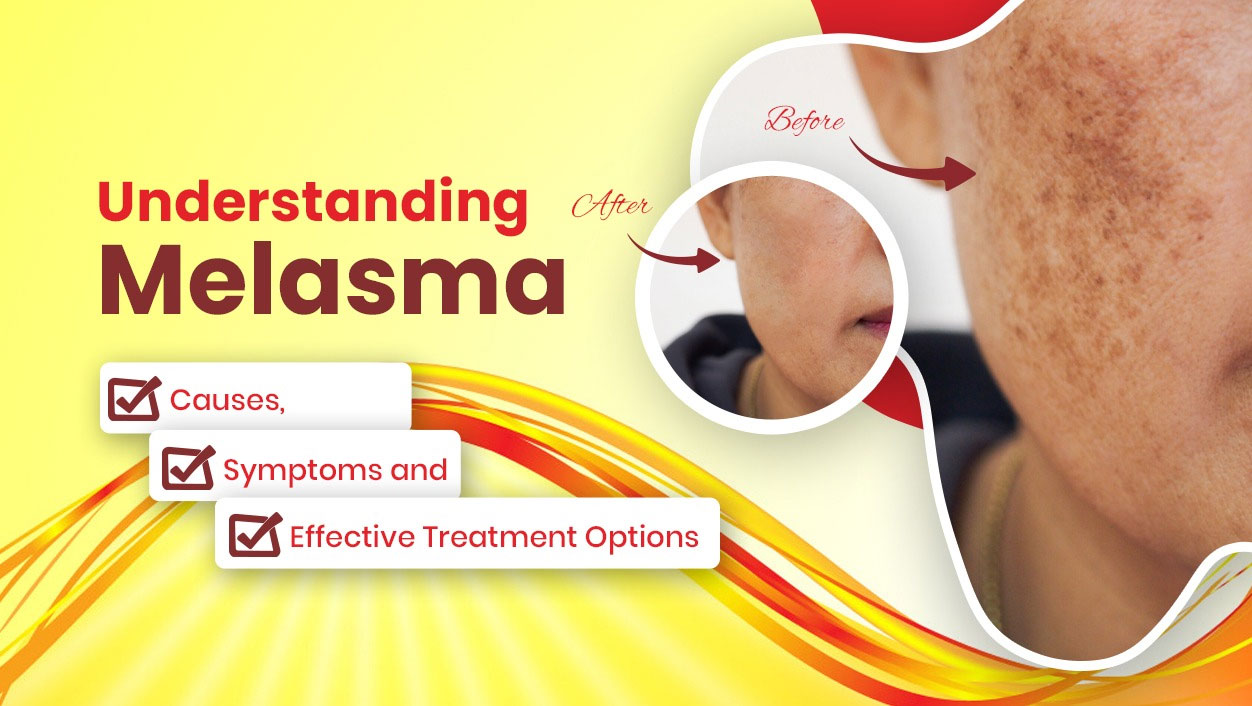Blog Details

PRP vs. GFC: Understanding Your Hair Restoration Options
Feeling down about hair loss? Hair loss can deeply affect your confidence and overall quality of life, leading to feelings of anxiety and social withdrawal. Whether caused by genetics, ageing or medical conditions, losing hair often impacts self-esteem and social interactions.
If you're looking to restore your hair and regain your confidence, platelet-rich plasma (PRP) therapy and growth factor concentrate (GFC) therapy are two promising treatments. Both aim to stimulate hair growth and enhance scalp health but use different approaches.
In this article, we'll explore how PRP and GFC therapies work, their benefits and what to consider for each. By the end, you'll have a better understanding of which treatment might be right for you.
Understanding PRP and GFC Therapies
Platelet-Rich Plasma (PRP) Therapy
PRP therapy is a simple, minimally invasive treatment that uses the body’s own healing abilities to stimulate hair growth. It starts with drawing a small sample of the patient’s blood. This blood is then placed in a centrifuge, which spins it at high speeds to separate the plasma from other blood components. The resultant plasma, which is loaded with platelets and growth factors, is then injected into areas of the scalp that are experiencing hair loss or thinning. The platelets and growth factors in PRP stimulate dormant hair follicles, enhance blood circulation in the scalp and foster hair regrowth.
Growth Factor Concentrate (GFC) Therapy
GFC therapy, while similar in intent to PRP, uses a different approach to deliver growth factors to the hair follicles. GFC involves isolating and concentrating growth factors derived from human cells, such as fibroblasts, in a controlled laboratory setting. This concentrate is then injected into the scalp. GFC therapy aims to provide a precise and standardized dose of growth factors, enhancing hair follicle stimulation and improving overall scalp health.
Comparing Mechanisms of Action
PRP and GFC therapies both target hair follicles to stimulate growth, but their mechanisms differ. PRP therapy utilizes the patient's own blood, which is processed to concentrate growth factors. When injected into the scalp, these growth factors can activate dormant hair follicles, improve blood flow and promote hair cell proliferation. This method leverages the body's natural healing processes to regenerate hair growth.
In contrast, GFC therapy provides a highly controlled and refined dose of growth factors. By using growth factors cultured from human cells, GFC therapy ensures consistency and precision in the treatment. This method is designed to deliver a potent dose of growth factors directly to the hair follicles, which may offer enhanced effectiveness in stimulating hair growth compared to the more variable levels of growth factors found in PRP.
Evaluating Effectiveness and Results
Both PRP and GFC therapies have demonstrated potential in treating hair loss, though individual results can vary. PRP therapy has a more established track record, with numerous studies supporting its efficacy in increasing hair density and thickness, particularly in cases of androgenetic alopecia (pattern baldness). Typically, PRP requires multiple sessions for noticeable results and ongoing maintenance treatments may be needed to sustain improvements.
GFC therapy, being a newer technology, shows promising results as well. Its ability to deliver a standardized and potent dose of growth factors may make it particularly effective for individuals experiencing hair loss due to aging, hormonal changes, or other factors. Like PRP, GFC generally necessitates multiple sessions to achieve optimal results.
Safety and Side Effects
Both PRP and GFC therapies are considered safe and minimally invasive. Since these treatments use either the patient's blood or cell-derived growth factors, the risk of allergic reactions or adverse effects is minimal. Common side effects include mild swelling, redness or pain at the injection sites, which usually subside within a few days. It is essential to consult with an expert to ensure that you are a suitable candidate for these treatments and to discuss any potential risks specific to your health condition.
Making the Right Choice
Choosing between PRP and GFC therapy should involve a comprehensive consultation with a qualified expert. During this consultation, the expert will evaluate your specific condition, medical history and treatment objectives to recommend the most appropriate option.
Consider the following factors when deciding on a hair restoration treatment:
- Treatment Goals: Discuss your goals with your provider to determine which therapy aligns with your expectations and hair restoration needs.
- Patient Reviews: Seek feedback from individuals who have undergone these treatments. Look for before-and-after photos and testimonials to gauge the potential results.
- Treatment Availability: Ensure that the chosen therapy is available at reputable clinics or medical centres near you.
- Realistic Expectations: Understand that while PRP and GFC therapies can lead to significant improvements, they may not completely restore a full head of hair. Set realistic expectations based on your specific hair loss condition and the treatment's potential outcomes.
- Cost: Consider the cost of each treatment, including any additional sessions or follow-up treatments that might be required. PRP therapy is often more widely available and may be more cost-effective compared to GFC therapy, which might be priced a bit higher due to its specialised nature.
Conclusion
In summary, both PRP and GFC therapies offer effective solutions for hair loss, each with its own advantages. PRP has a well-established history, while GFC offers a more targeted approach. Choosing the right therapy should be based on a thorough consultation with a medical professional.
At INARA Healthcare, we specialize in personalized hair restoration services to meet your unique needs. Contact us today to schedule a consultation and take the first step towards healthier, fuller hair.
Get in touch with our experts today to schedule a consultation and take the first step towards revitalizing your hair and restoring your confidence.











